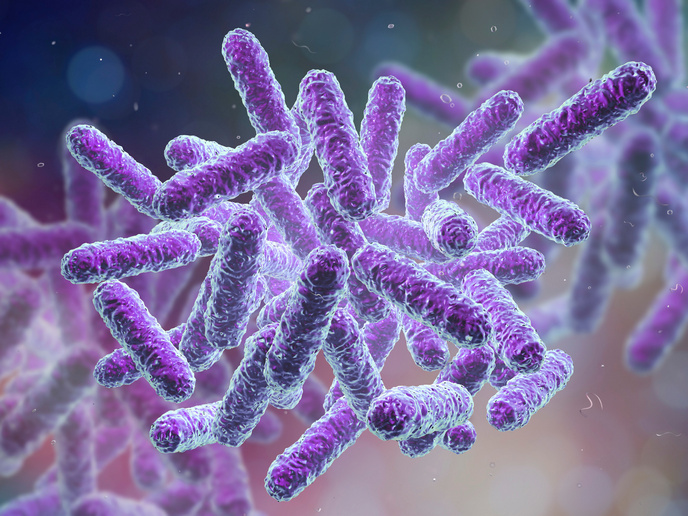Novel insights into DNA repair pathways
The involvement of oxidative stress-induced DNA damage in a great number of conditions has become evident over recent years. However, the available knowledge on the intracellular defence mechanisms against such damage is still relatively low. The EU's project on oxidative stress and chronic diseases has gone a long way towards shedding light on a number of aspects involving DNA repair mechanisms. One of the key effects of oxidative stress on DNA is the formation of etheno-DNA adducts, which in healthy cells are repaired through a series of enzymatic steps. Using the well-characterised E. coli model, researchers discovered that the Mug-DNA-glycosylase enzyme is involved in the repair of etheno-DNA adducts caused by lipid-induced oxidative stress. Mug was shown to remove a variety of etheno-DNA adducts from E. coli DNA but it was limited by the size of the formed adducts. This observation implies similar activity in human cells. These data do not lead directly to the precise understanding of the variety of cellular DNA repair mechanisms. They do, however, constitute a significant first step towards the identification of pharmaceutical agents able to mimic the activity of these internal mechanisms.







